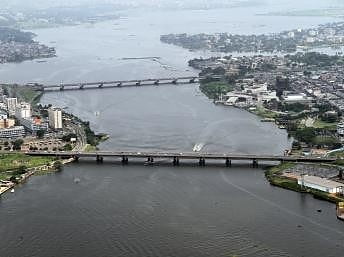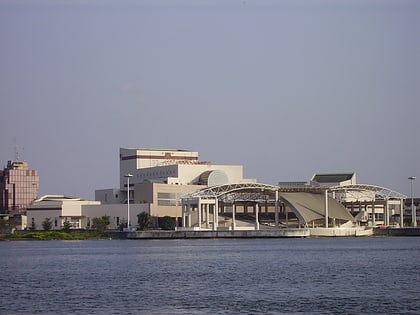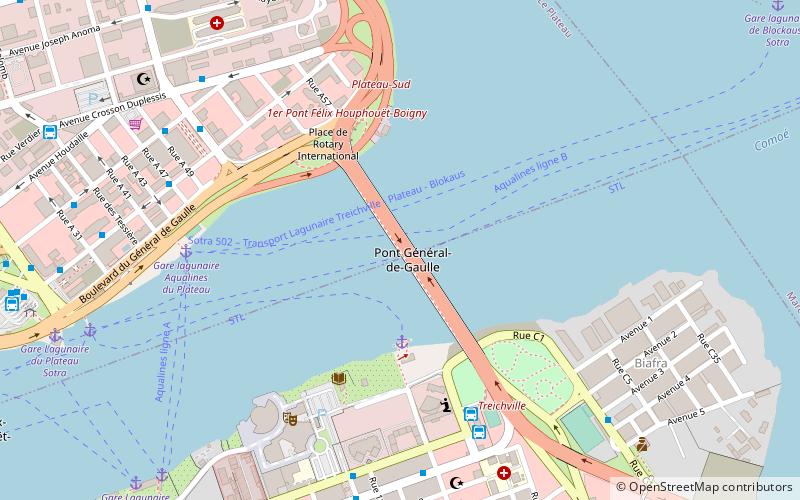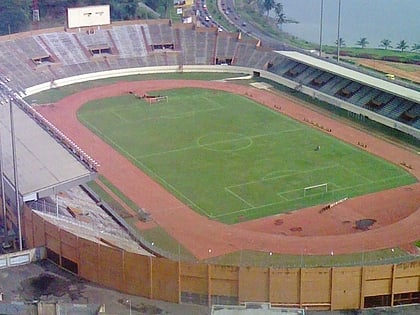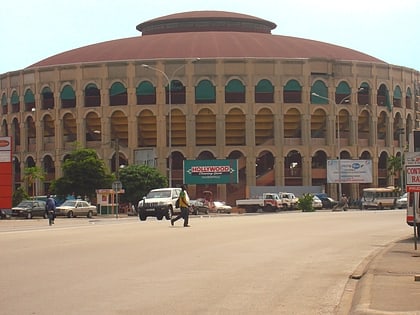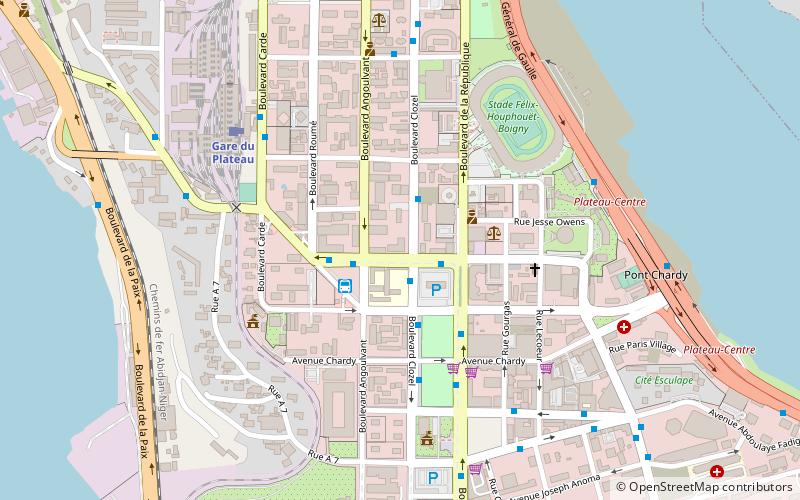Houphouët-Boigny Bridge, Abidjan
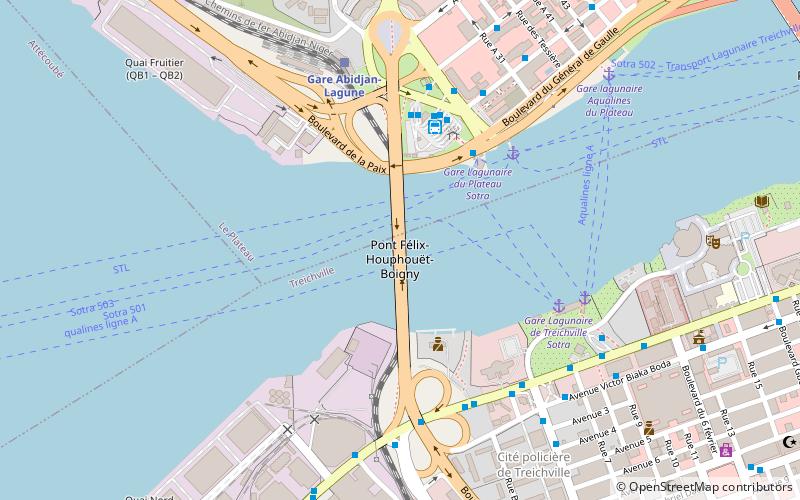

Facts and practical information
Spanning the Ébrié Lagoon, the Houphouët-Boigny Bridge serves as a vital artery in the bustling city of Abidjan, Ivory Coast. Named after the country's first President, Félix Houphouët-Boigny, this essential structure connects the northern and southern halves of the city, facilitating the movement of people and goods.
The Houphouët-Boigny Bridge is not just a practical piece of infrastructure; it is a symbol of progress and connectivity in a city that is often considered the economic heartbeat of the region. The bridge's strategic location has made it an indispensable part of daily life for the residents of Abidjan, providing a direct route to key commercial and administrative districts.
This bridge plays a crucial role in tackling the traffic congestion that is a common challenge for rapidly growing cities. By offering an alternative to the often-crowded ferries, it has significantly improved travel times for commuters and has had a positive impact on the local economy.
While not a tourist attraction in the traditional sense, the Houphouët-Boigny Bridge can be admired for its engineering and the panoramic views it offers of the city and the lagoon. It stands as a testament to the modernization efforts of Ivory Coast and continues to support the nation's development aspirations.
Houphouët-Boigny Bridge – popular in the area (distance from the attraction)
Nearby attractions include: Culture Palace of Abidjan, Second Abidjan Bridge, Stade Félix-Houphouët-Boigny, Palais des Sports de Treichville.
Frequently Asked Questions (FAQ)
Which popular attractions are close to Houphouët-Boigny Bridge?
How to get to Houphouët-Boigny Bridge by public transport?
Ferry
- Gare Lagunaire du Plateau Sotra • Lines: 502, 503 (5 min walk)
- Gare Lagunaire Plateau STL • Lines: 900, 901 (6 min walk)
Bus
- Arrêt GL Plateau • Lines: 712 (5 min walk)
- Gare-Sud (5 min walk)
Train
- Abidjan-Lagune (8 min walk)
- Gare Abidjan-Lagune (8 min walk)
